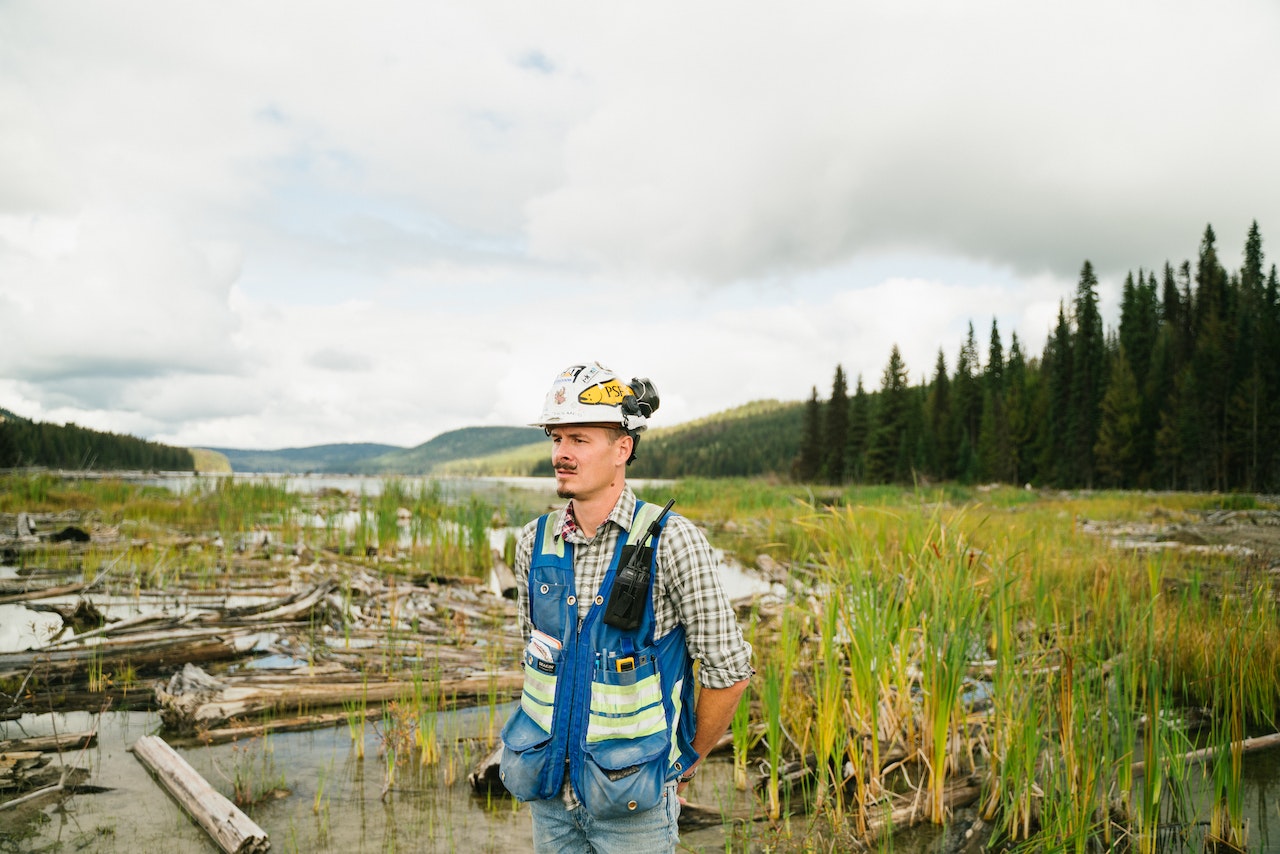
Environmental engineering is important in protecting our planet and natural resources. One area in which environmental engineering has made great strides is chemical soil stabilization. This innovative technology offers numerous benefits, from improved sustainability to reduced soil erosion to achieving long-term stability.
This blog explores the benefits of chemical soil stabilization and its impact on environmental engineering.
1. Improving Sustainability:
Chemical soil stabilization offers sustainable solutions for a variety of environmental engineering projects. This technology reduces the need for excavation and soil replacement and minimizes the impact on the ecosystem by using environmentally friendly chemicals. It also helps conserve valuable resources by optimizing existing soils and avoiding the need for additional materials. Chemical stabilization techniques improve soil durability and load-bearing capacity, enable conversion of existing infrastructure, and reduce consumption of new building materials.
2. Reduces Soil Erosion:
Soil erosion is a serious environmental issue since it can result in soil loss, land deterioration, and water contamination. Chemical soil stabilization techniques can stop soil erosion by enhancing the structure of the soil. By strengthening soil cohesiveness and stability, these methods reduce erosion brought on by wind, water, or other outside influences. Chemical soil stabilization contributes to the preservation of agricultural land, natural ecosystems, and the structural integrity of infrastructure in susceptible locations by lowering erosion rates.
3. Long-Term Stability:
One of the main benefits of chemical soil stabilization is that it can give soil structures long-term stability. The procedure’ chemical agents improve the soil’s mechanical qualities, such as its compressive strength and shear resistance, which eventually results in more stability. By doing this, infrastructure such as highways, embankments, and foundations are guaranteed to be able to handle heavy loads and challenging environmental conditions. Chemical soil stabilizationminimizes maintenance needs and increases the lifespan of structures, minimizing the overall environmental impact while increasing long-term stability.
4. Reduces Construction Costs and Time:
Chemical soil stabilization has the potential to drastically cut down on both the costs and duration of construction projects. It does away with the necessity for substantial excavation, the shipping of new materials, and the building of extra support structures by enhancing the qualities of the existing soil. This lessens the financial burden as well as the environmental impact of conventional construction techniques. Chemical soil stabilization can also speed up the completion of a project by supplying instantaneous soil stabilization, enabling quicker construction and less downtime.
5. Promotes Brownfield Redevelopment:
Brownfield sites, which are vacant or underused industrial regions, sometimes pose difficult engineering and environmental issues. Through the treatment of contaminated soils and enhancement of their structural integrity, chemical soil stabilization can play a significant part in the regeneration of these sites. By efficiently immobilizing dangerous compounds, this approach stops their movement into the environment. Chemical soil stabilization promotes the conversion of brownfield lands into useful and sustainable spaces by offering a secure and stable base.
Conclusion:
Chemical soil stabilization offers many advantages for environmental engineering projects. From improving sustainability and controlling soil erosion, to achieving long-term stability and reducing construction costs, this technology demonstrates its importance in facilitating green and economically viable solutions. Trust Geotecheng to provide eco-friendly and efficient solutions for a greener future.
